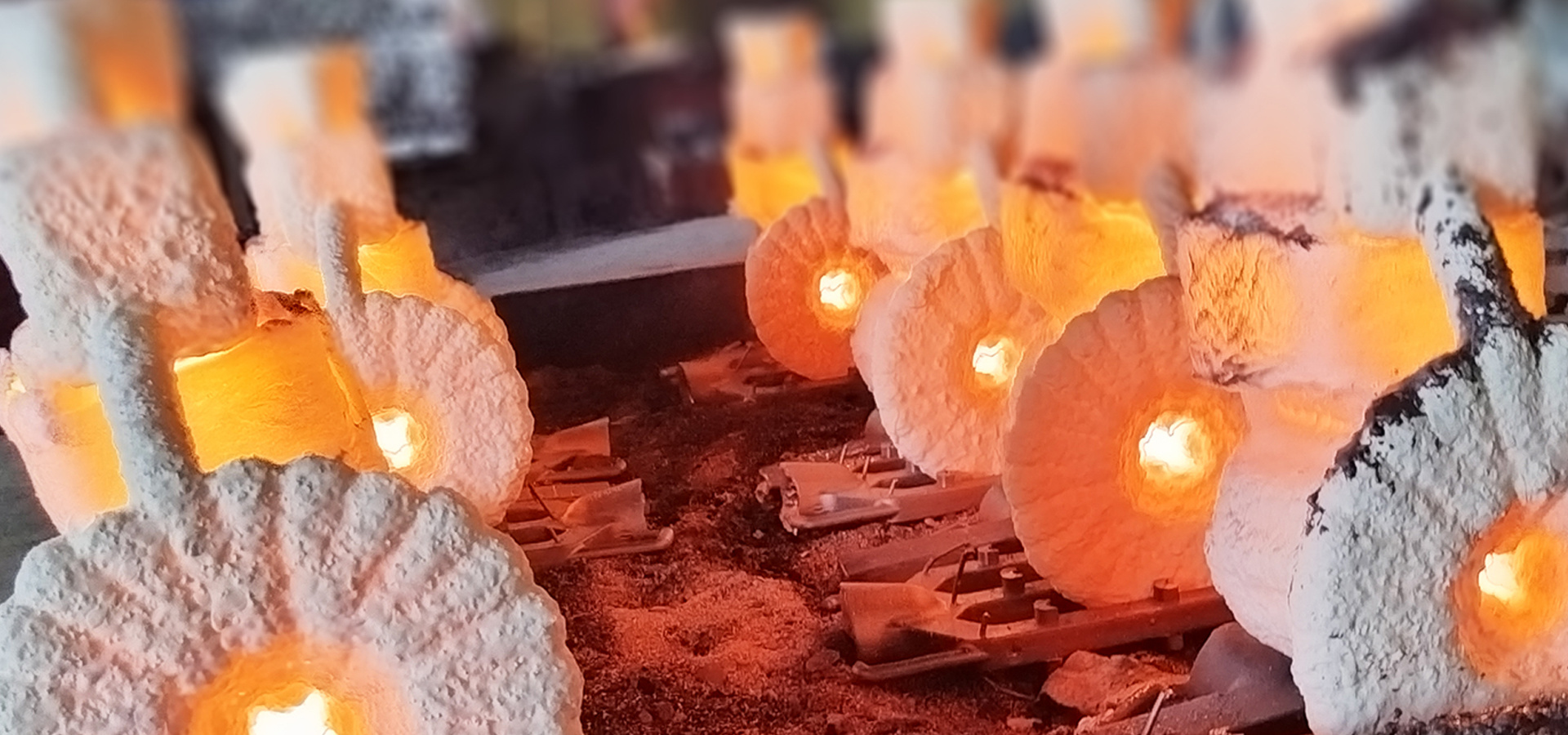The Marvels of Investment Casting: How It Works
Release time:
Aug 01,2025
Understanding Investment Casting
Ever wondered how complex metal parts are created with such precision? Well, let me introduce you to Investment Casting. This method is like the magic wand of manufacturing, transforming molten metal into intricate designs with ease. So, let’s dive deep into its workings!
What’s the Deal with Investment Casting?
Investment Casting, also known as lost-wax casting, is a process that has been around for centuries. It’s a method where a wax model of the desired part is made, coated with a ceramic material, and then heated to remove the wax, leaving a mold for pouring molten metal. Sounds simple, right? But it’s the details that make this process truly fascinating!
The Step-by-Step Breakdown
Alright, let’s break it down step by step. Here’s how it typically goes:
- 1. Creating the Wax Model: First up, manufacturers create a wax model of the part. This model is an exact replica of the final product and is usually made using high-precision molding techniques.
- 2. Making the Mold: Next, the wax model is coated in a ceramic slurry. Once this coating hardens, the mold is formed. When heated, the wax melts away, hence the name.
- 3. Pouring the Metal: Here comes the exciting part! With the wax gone, molten metal is poured into the ceramic mold. This is where the real magic happens!
- 4. Cooling and Finishing: After the metal cools, the ceramic shell is broken away, revealing the cast metal part. A little bit of finishing work, and voila! You’ve got a beautifully crafted product.
Benefits of Investment Casting
So, why go for Investment Casting? Well, there are a bunch of benefits:
- Precision: The process allows for intricate designs and tight tolerances, making it perfect for industries like aerospace and automotive.
- Material Variety: You can use a wide range of metals and alloys, from stainless steel to brass.
- Less Waste: Unlike some other casting methods, it minimizes waste, which is great for the environment and your wallet!
Industries That Benefit
Investment Casting isn’t just a fancy technique; it’s a game-changer for various industries:
- Aerospace: Parts must meet high standards of precision and reliability.
- Automotive: From engine components to intricate fittings, it’s all about efficiency and performance.
- Medical Devices: Precision is paramount when it comes to tools and implants.
Common Misconceptions
Now, hold on a second! Let’s clear up a few misconceptions about Investment Casting. Some folks think it’s only for large-scale production, but that’s a myth! This method is versatile and can be used for small batches as well, making it a go-to for many manufacturers.
The Future of Investment Casting
As industries continue to evolve, so does Investment Casting. With advancements in technology, like 3D printing helping to create the wax models, and better materials being developed, the future looks bright. Who knows what innovations are just around the corner?
In a Nutshell
In conclusion, Investment Casting is a method that combines art and science to produce high-quality metal parts. Its precision and versatility make it indispensable across various industries. So, next time you see a complex metal part, remember the incredible journey it took to get there!
Related News
Welcome Alfa Laval‘s Expert Guidance Visit
Aug 10,2025
Welcome SPX leaders to visit and guide us
May 22,2025
Warmly welcome GEMU leaders to visit
Aug 09,2025
Aug 10,2025






